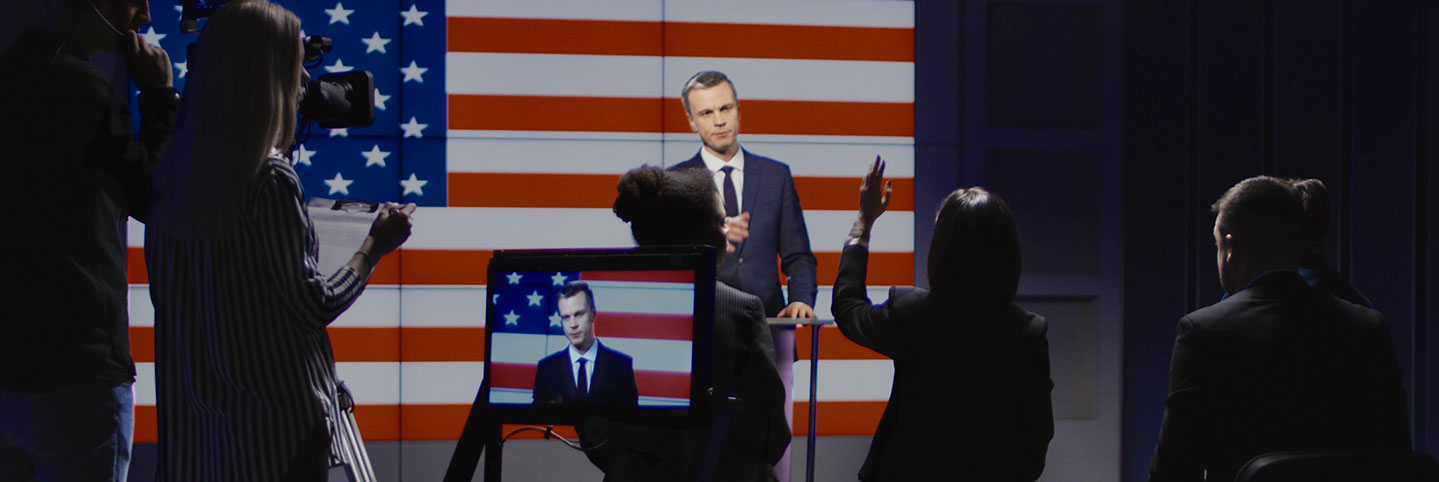- Ad Effectiveness & ROI
- Article
Context Effects: The Impact of TV Ads On Subsequent Ads
Member Only Access
Summary
Does it matter which kind of commercial precedes an ad? Should media planners and advertisers consider the “ad context” in which they place their messages? This study analyzes the impact of a TV commercial on the ad that follows – a special case of “context effects” that is rarely researched or considered in media planning. The research was conducted in two stages by Forethought, using their proprietary methodology, in collaboration with the J. Walter Thompson agency. The first study analyzed the impact of campaign ads (for both Trump and Clinton) on responses to a chewing gum ad; the second study looked at the impact of an ad for an insurance company ad on the same ad. The research was shared with and contributed to the ARF’s examination of context effects research, part of the “How Advertising Works, Today” project, offering insights, such as:- An ad that evokes negative feeling, such as anger or fear, can have a negative impact on the ad that follows.
- Political, as well as brand advertising, can have a “hangover” (or “halo”) effect on how people consume subsequent brand advertising.
- The preceding ad impacted ad evaluations, brand perceptions, and purchase intent for the commercial that followed.

